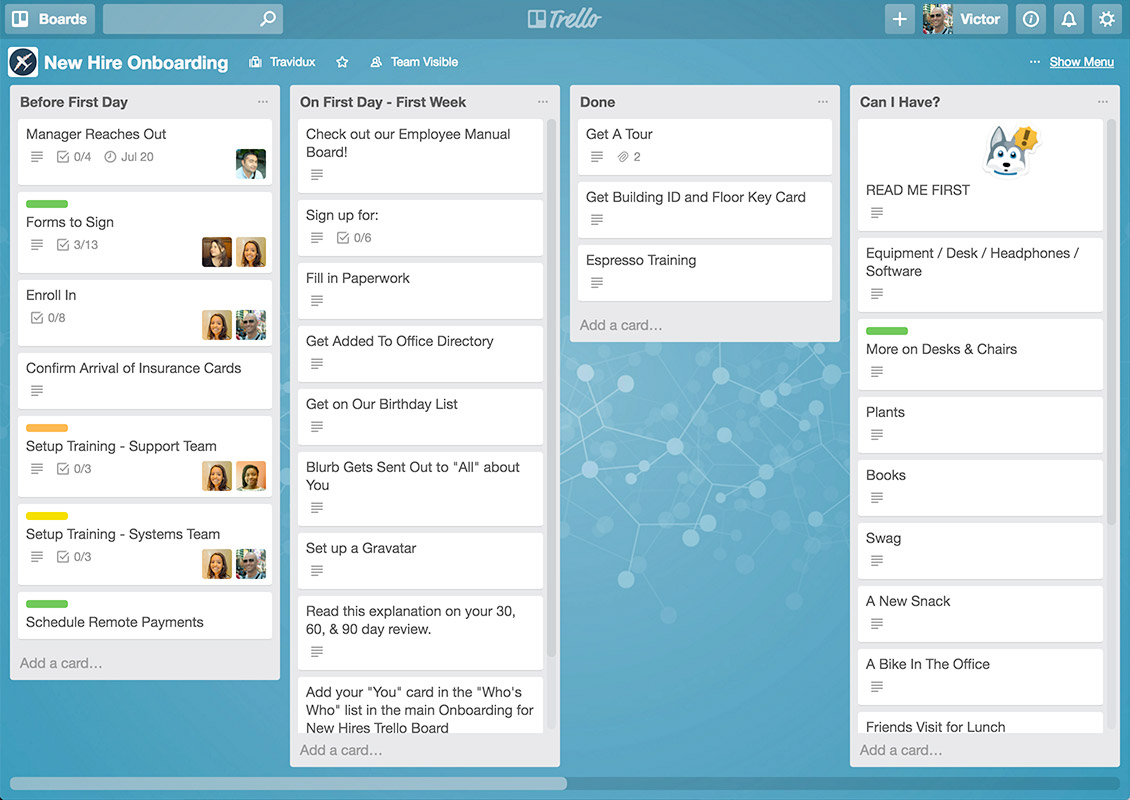If you’re looking to put your house on the market, or you simply want to update the look of your abode without spending a fortune – rather than thinking big renovation projects and interior design makeovers, it’s useful to think on a more micro level. There are multiple simple and budget-friendly ways to increase the value of your home to have it appear more desirable, with the help of a few experts.
1. A splash of paint
Just like fashion trends, interior wall paint colours can change. Painting the walls can lift the whole mood and atmosphere of your home while appearing in-style and modern. If you’re happy with the colour, but your walls are starting to look tired, a fresh coat can make the world of difference in making your home feel shiny and new.

Redesigning the colour scheme of your walls, while still keeping in mind your current decor, can completely transform the look and feel of your home without spending a fortune.
2. Update your outdoor space
With summer having just arrived, us Aussies love our outdoor living areas – socialising with mates, Sunday barbeques with family and even to relax by ourselves from time to time. Adding a deck to your outdoor entertaining area can exude a laid-back and modern atmosphere, facilitating any occasion. Hiring the right expert to install and design your decking will certainly increase the value of your home, and the main positive is that decking can sometimes be one of the more budget-friendly options for outdoor living areas.
Another outdoor aspect is the garden. Arranging a garden clean-up is simple, and it can do wonders to your area. Clean-ups by themselves are effective, but they can also provide a blank canvas for adding any shrubbery or trees, which are definitely expected to lift the overall impression of your home.
3. Clean your carpets
Hiring a professional to deep clean your carpets is a cheaper option than replacing your flooring all together, and it can still increase the value of your home. Most of us tend to vacuum our carpets, without much regard for the hidden dirt that has accumulated over the years that we can’t see. Experts can transform your carpet to appear brand new, which not only makes a difference in the look of your carpet, but also the smell within your home.
4. Kitchen upgrades
Rather than renovating the whole space to increase the attractiveness and value of your house, consider the smaller details that can really lift the design of your kitchen. If you’re on an extremely tight budget, think of replacing cupboard doors or handles. Or perhaps you’re willing to spend a little more on improving your kitchen area; consider replacing kitchen benchtops.
5. Change the light switches
Something so simple as changing the light switches can make a difference in the eyes of potential buyers of your home, or even just the impression of your friends if you’re not looking to sell. The installation or upgrade of light switches is one of the cheaper services that electricians provide. Standard white switches can tend to look yellow over time, usually only noticed when they are replaced. Head to a hardware store and perhaps opt for coloured or metal switch plates instead of a standard white switch to spruce up your home in a subtle way.
6. Bathroom updates
The bathroom is often the easiest room in the house to look dated. Luckily, there are a few simple tweaks you can do to give it a fresh feeling. Firstly, install some new shower screens for an instant lift. If the old one is looking ugly or cloudy from all those years of use, a new shower screen will deliver a fresh, beautiful look. You can go for one that is fully frameless or semi frameless, and you have plenty of different glass options for the screen.

Adding a new vanity is another good option for the bathroom. Putting in a new one could give you more storage, or just make for a fresher look from the older and scarred one that already sits in there. Don’t forget, you need a vanity that’s got plenty of storage and easy access, and one that has enough sink space for everyone who’s going to use it. Figure out what type of material is best for the bench top, and figure out how big it has to be before you construct anything. You can also explore adding in a heated towel rack, new towels and bathmats or a mirror de-mister.
Finally, it’s worth considering resurfacing the bathroom. This is a good, superficial makeover that does a lot of good. If you have chipped, tired or ugly tiles, resurfacing could make for an efficient answer to your problems. Contact a professional and see what they could do. With a little bit of work, your new tiles will give the whole room a fresh, charming look.
Contact local bathroom renovation experts
7. Add a skylight
Skylights bring natural light into your home, reducing the need for artificial light and energy usage. A home that has lots of daylight appeals to home to buyers because it makes the home seem warmer and brighter. It also requires much less energy to keep it attractive and liveable.
Different types of skylights
Skylights come in many different shapes and sizes, from rectangular to circular and diamond-shaped to triangular. They can use either glass or plastic glazing that is: flat, arched, domed or pyramid shaped. Tubular skylights are another option; these can even be funnelled through a building or down to different storeys of a home.
You can have a fixed or openable skylight, depending on your tastes. Fixed skylights have to stay in place and can’t be opened — they serve solely as a source of light. Openable skylights can be opened whenever you like by using either a manual turn or a motorised control to open the pane and help ventilate your home. These can increase your energy efficiency even further by creating a cooling source, which will also increase your home’s value.
Skylights do have to be well-insluated to make sure that they are not letting in extra heat — with the sun beating down directly on them all day, this can be a problem in summer months. It’s a good idea to find ones that offer insulation that surrounds the skylight and that also use glazing to stop heat from penetrating. Blinds are also a good idea so that on extra sunny or hot days you can screen off the light from the skylight.















